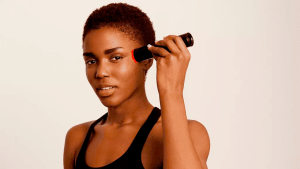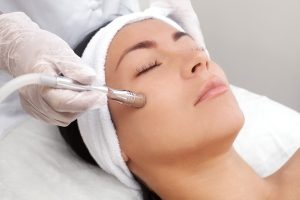The only safe time to tan is before 11 AM and after 4 PM. From 11 AM-4 PM, the sun’s rays are at their peak and can cause severe burns on the body. Otherwise, you can be safe under the sun, but the tan will be lighter.
However, what if it’s cloudy all day long? Is it possible in such a situation to tan between 11 AM and 4 PM? Is it effective at another time? We decided to get a good grasp on this topic and answer whether it is possible and worth it to tan on a cloudy day. Therefore, let’s get started!
Can I Tan On Cloudy Days?
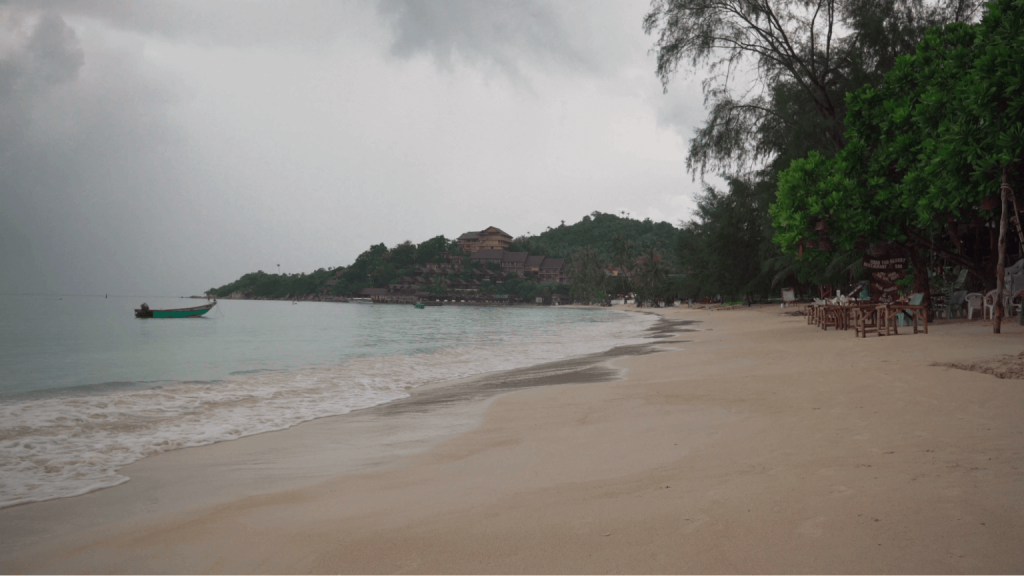
To give a comprehensive answer to the question of whether it is possible to get a tan through the clouds, you should immediately understand how and why people sunbathe.
Ultraviolet radiation causes tanning by exposure to our skin. It is a natural energy that the sun reproduces. Ultraviolet rays cannot be seen with the naked eye because the length of their beam is shorter than what we can see.
Although we cannot see UV radiation, our skin can feel it. The rays penetrate our skin and cause cell damage. Therefore, the body increases production, so the skin darkens. Actually, for this reason, we get a tan [1, 2].
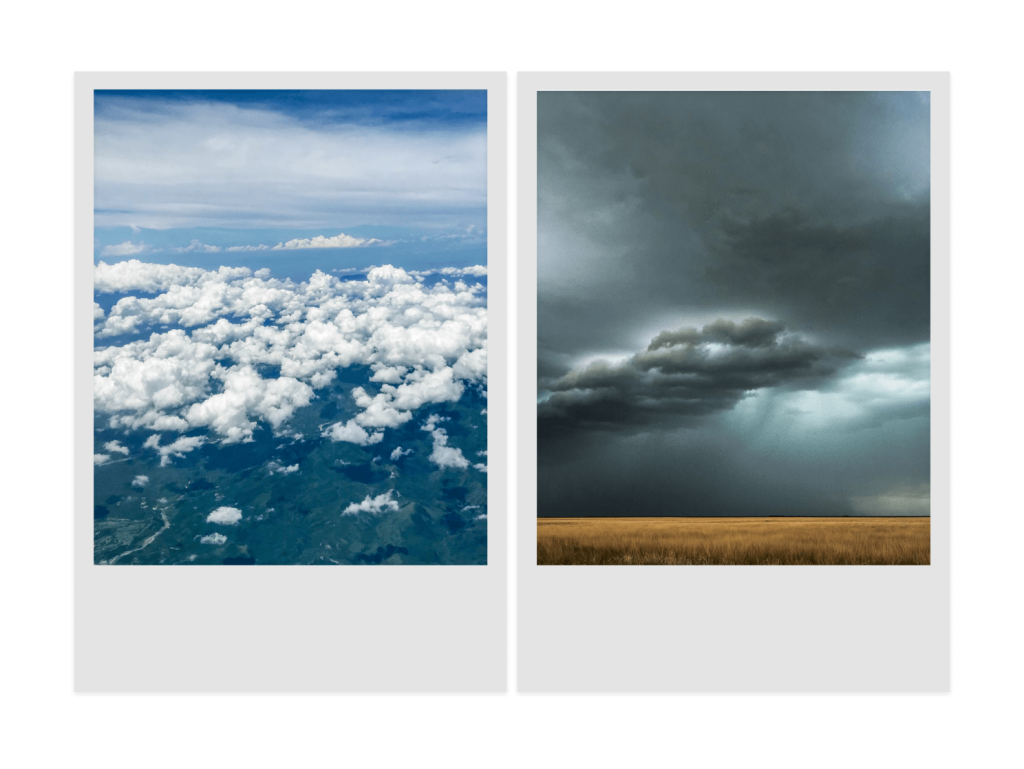
On cloudy days, the amount of UV radiation that reaches our skin is less. It is because clouds are formed by ice crystals and water droplets that refract light rays. However, when they are fluffy or small and light, up to 90% of UV can penetrate them. Conversely, thunderclouds can stop up to 99% of rays [3, 4].
Is Tanning On Cloudy Days Better Than On Sunny?
We have already determined that ultraviolet radiation is less dangerous on cloudy days. However, the less it hits your skin, the slower you tan. Therefore, the answer to the above question is the following:
- Cloudy tan is safer than clear weather;
- You get a cloud tan longer than on clear days.
Is It Possible To Get A Sunburn When Tanning On Cloudy Days?
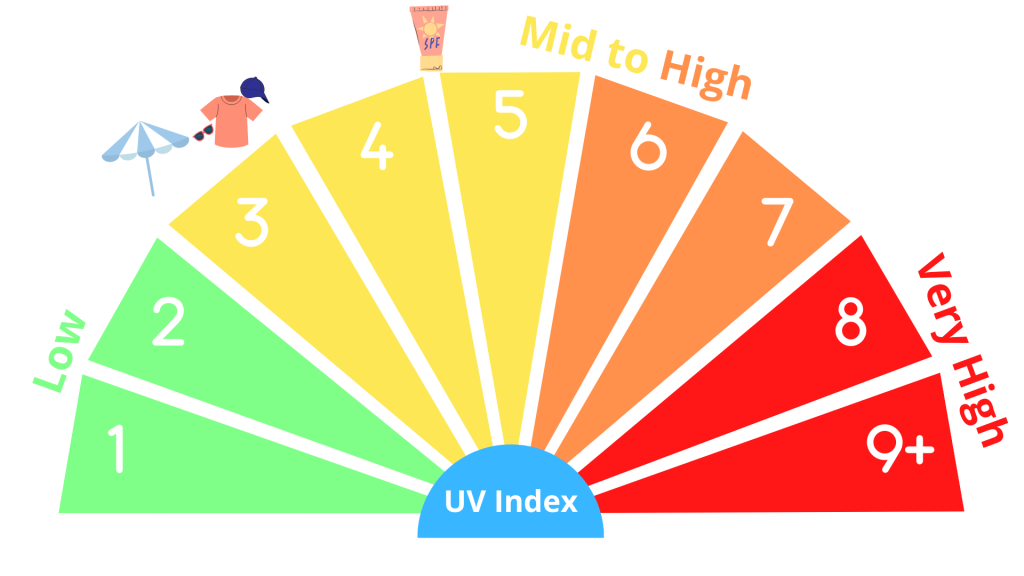
Clouds do not block UV radiation completely. Therefore, you can get a sunburn when tanning in the overcast! To prevent it, you can rely on the UV index. It is an indicator that characterizes the level of ultraviolet radiation. You can track it online in the weather forecast for your location or visit the US Environmental Protection Agency website. They provide a daily UV index for the entire US.
Once you have learned the UV index, you should decipher it and understand what measures should be taken. Below we have given a detailed explanation of the UV scale:
- 🟢 1-2 – low level, so you can sunbathe without SPF;
- 🟡 3-5 – average level, so you should use SPF 10-20;
- 🟠 6-7 – high level, so you should use SPF 20-40;
- 🔴 8-9 – very high level, so you should use SPF 40+;
- 🔵 9+ – extreme level, so you should stay in the sun for no more than 20 minutes and use SPF 50.
Remember! SPF (sun protection factor) is a measure of how well a sunscreen protects you from UVB and some UVA rays. For example, SPF 50 is almost 100% UV blocking, while SPF 30 will allow you to achieve a light bronze skin tone
How Long Does It Take To Get A Tan On A Cloudy Day?

Since the risk of remains high on cloudy days, you should tan when it’s overcast for a limited time. Also, every person has a different skin type. It directly affects how much you can tan when it’s cloudy. Therefore, below we provide a table with a similar description of how long people with various skin types can sunbathe on a cloudy day:
| Skin tone | Pale white (Celtic) | White to light beige (European light skinned) | Beige | Light brown (European dark-skinned) | Moderate brown (Mediterranean swarthy) | Dark brown or black (Middle Eastern and African) |
| Distinctive features | Fair-skinned people with pink undertones, freckles, blonde or red hair, and blue/green eyes. | Fair-skinned people with blond hair and green or blue eyes. | People with beige skin, dark blond or brown hair, and brown eyes. | People with dark skin, dark blond or brown hair, and brown eyes. | People with black or brown hair and dark eyes. | People with dark skin, dark eyes, and hair. |
| Brief description | They always burn and never tan. | They burn easily but can tan minimally. | They burn moderately but can tan to light brown tone. | They can tan well and are minimally prone to get a sunburn. | They are almost not afraid of sunburn. The tanning is fast and even (up to dark brown). | They never get sunburns and tan profusely. |
| Tanning duration (on each side of the body) | – | The first time they can tan is 5 minutes, then can be increased to 10 minutes. | The first time they can tan is 5-7 minutes, then can be increased to 10 minutes. | The first time they can tan 5-7 minutes, then can be increased to 12 minutes. | They can tan for 10-15 minutes. | They can tan for up to 50 minutes. |
4 Tips For Perfect Tanning
Tanning with clouds is a process that should be approached responsibly. You should ensure that your skin is as safe as possible to avoid sunburn. Therefore, we will provide you with four tips to help you get an even and safe suntan through clouds.
Skin Preparation
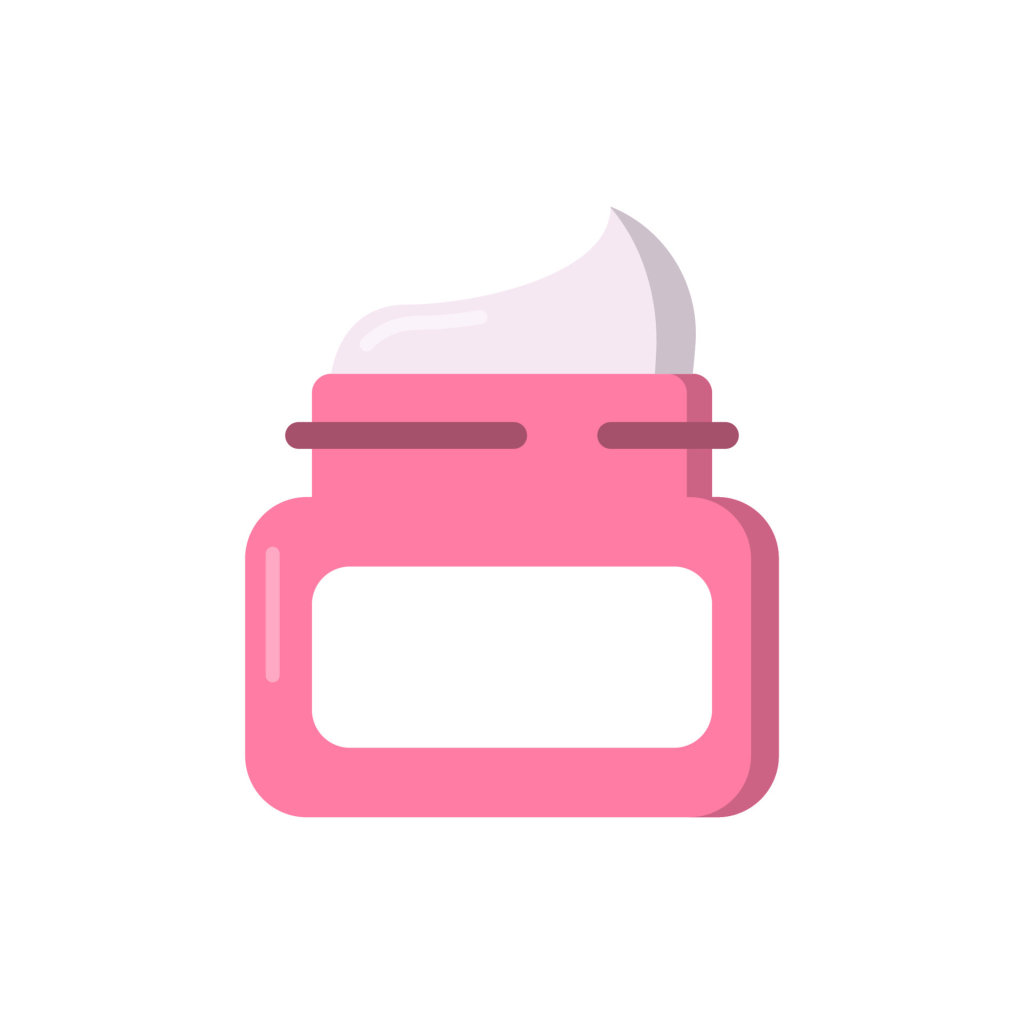
Before heading out to sunbathe, you should prepare your skin. To do this, follow four simple rules:
- Exfoliation of old skin. It helps to remove dead skin cells that are unable to absorb the sunscreen.
- Moisturizing the skin. Take a shower and apply lotion after showering. It will help keep your skin hydrated.
- Apply sunscreen. Remember that UV rays reach your skin even on cloudy days. They can cause sunburn. If you got a sunburn, you should not tan until it heals completely, which can take 1-3 weeks.
- Protect your lips. When you do cloudy tanning, your lips are constantly exposed to UV rays. They may burn, discolor, or crack. Therefore, you should use a lip balm with SPF.
Choosing The Right Time

You should tan before 10 AM and after 4 PM. It is because, between 10 AM and 4 PM, the UV index is the highest. This indicator rises when the sun is at its .
As we said earlier, a high UV index increases the chance of sunburn. Therefore, it is better not to tan between 10 AM and 4 PM. However, remember that you will still need to check the UV index to choose the right SPF.
Use The Right Skin Moisturizer
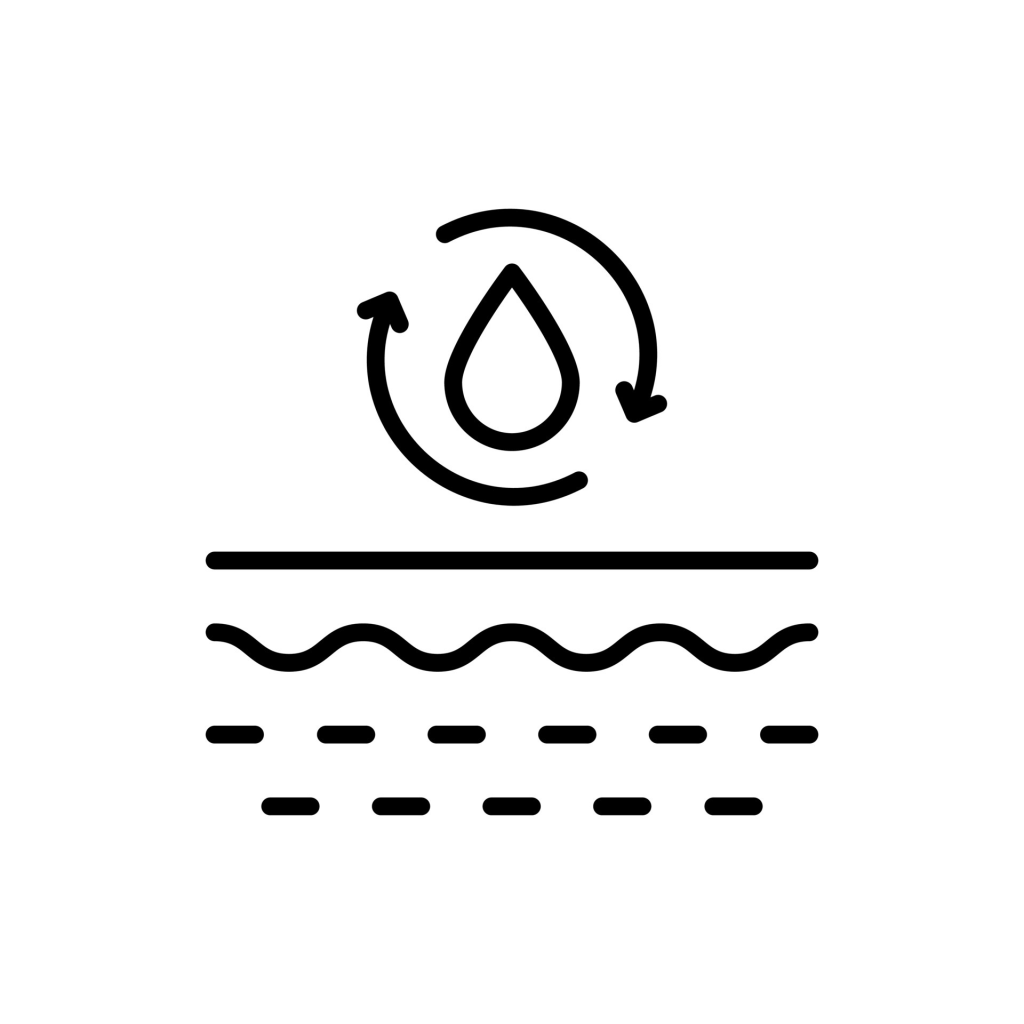
For your suntan to be even on a cloudy day, you need to take a shower and use tanning lotion. It keeps your skin hydrated and protects it from drying that UV rays can cause. If your skin is unevenly hydrated, then the tan also will be uneven.
However, what if the skin is already dry? In this case, you should use tanning oil. Most of them contain vitamin E and aloe vera gel, which makes your tan even.
Do Not Forget To Drink Water
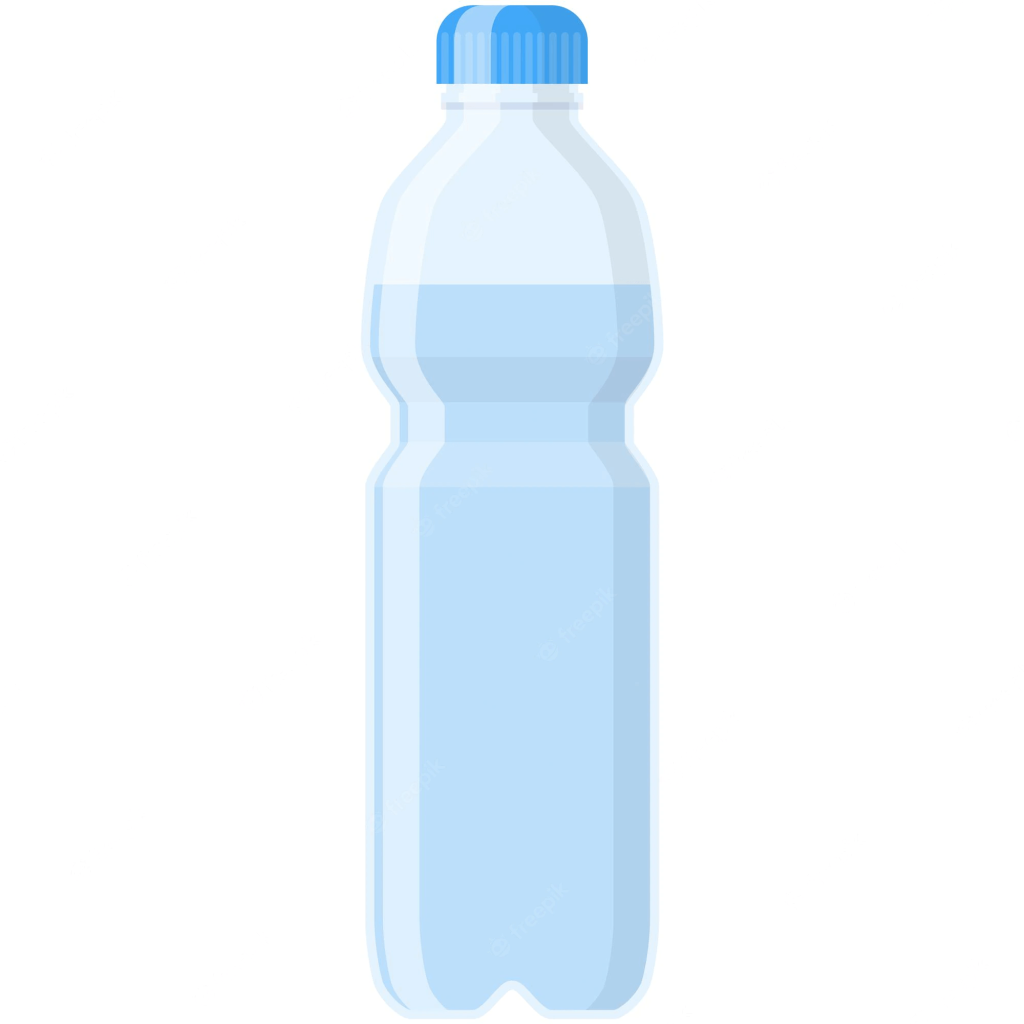
Do not forget to drink water! It is perhaps the simplest and one of the most crucial rules. As we said earlier, UV rays dehydrate your skin. Therefore, drinking water is one of the most effective ways to replenish losses. Moreover, dehydration can cause dizziness or even loss of consciousness on hot days. Therefore, take this rule very seriously.
UV Rays: Types And Their Danger
There are three types of UV radiation:
- UV-A (315-400 nm);
- UV-B (280-315 nm);
- UV-C (100-280 nm).
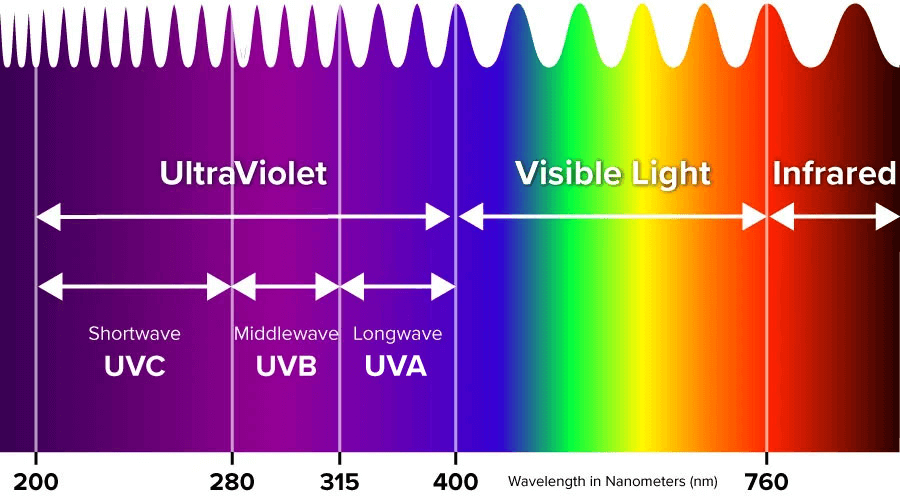
When sunlight passes through the Earth’s atmosphere, all of the UV-C and approximately 90% of the UV-B rays are scattered due to their short wavelength. Only UV-A and 10% of all UV-B rays reach the Earth’s surface.
Now let’s take a closer look at the types of UV radiation that reach the Earth’s surface:
- UV-A rays. They penetrate the skin and destroy cells. For this reason, these rays cause skin aging and the production of melanin due to the appearance of age spots. These rays easily penetrate glass, clothing, and clouds [5].
- UV-B rays. They affect only the top layer of the skin and cause burns and tanning. These rays do not penetrate through glass and clothing [5].
Summary
Tanning is a complex and responsible process that requires you to follow many rules. Otherwise, it may harm your health. In this article, we got acquainted with the problem of tanning on cloudy days and are ready to make a verdict.
We have read many articles and studies. Based on them, we can confidently say that tanning is still possible when it’s cloudy. However, the risk of sunburn is reduced slightly. Therefore, to protect yourself from it, you should keep an eye on the UV index and use an appropriate SPF.
Follow the rules and tips listed in this article, so you will still get an even tan with clouds and, most importantly, be safe!
FAQ
🌧 Is it possible to tan on a cold/rainy day?
UV rays can penetrate clouds, but tanning on rainy days will be much less effective because some are scattered. As for cold days, you can also get a tan even through clouds.
🏖 Can I tan in the shade?
UV rays can penetrate clouds, glass, and even clothing. Therefore, you should not be directly under the sun’s rays. You can tan even in the shade!
✓ Is it possible to tan through the window?
Yes! UV rays can penetrate windows and reach your skin so you can tan.
☁️ Can you tan when it’s cloudy but high UV?
Yes because high UV causes tanning. Moreover, its rays easily penetrate clouds.
Sources
- Tanning. The Skin Cancer Foundation. (2022, July 27). Retrieved December 1, 2022, from https://www.skincancer.org/risk-factors/tanning/
- UV radiation. The Skin Cancer Foundation. (2022, July 21). Retrieved December 1, 2022, from https://www.skincancer.org/risk-factors/uv-radiation/
- The UV index and Sunburn Risk. Cancer Research UK. (2021, July 9). Retrieved December 1, 2022, from https://www.cancerresearchuk.org/about-cancer/causes-of-cancer/sun-uv-and-cancer/the-uv-index-and-sunburn-risk
- Calbó, J., González, J.-A., & Pagès, D. (2005, June 29). Analytic approximations of scattering effects on beam chromaticity in … Empirical studies of cloud effects on UV radiation: A review. Retrieved December 1, 2022, from https://agupubs.onlinelibrary.wiley.com/doi/full/10.1029/2022RS007558
- Wang, P.-W., Hung, Y.-C., Lin, T.-Y., Fang, J.-Y., Yang, P.-M., Chen, M.-H., & Pan, T.-L. (2019, November 20). Comparison of the biological impact of UVA and UVB upon the skin with functional proteomics and immunohistochemistry. Antioxidants (Basel, Switzerland). Retrieved December 1, 2022, from https://www.ncbi.nlm.nih.gov/pmc/articles/PMC6943602/



